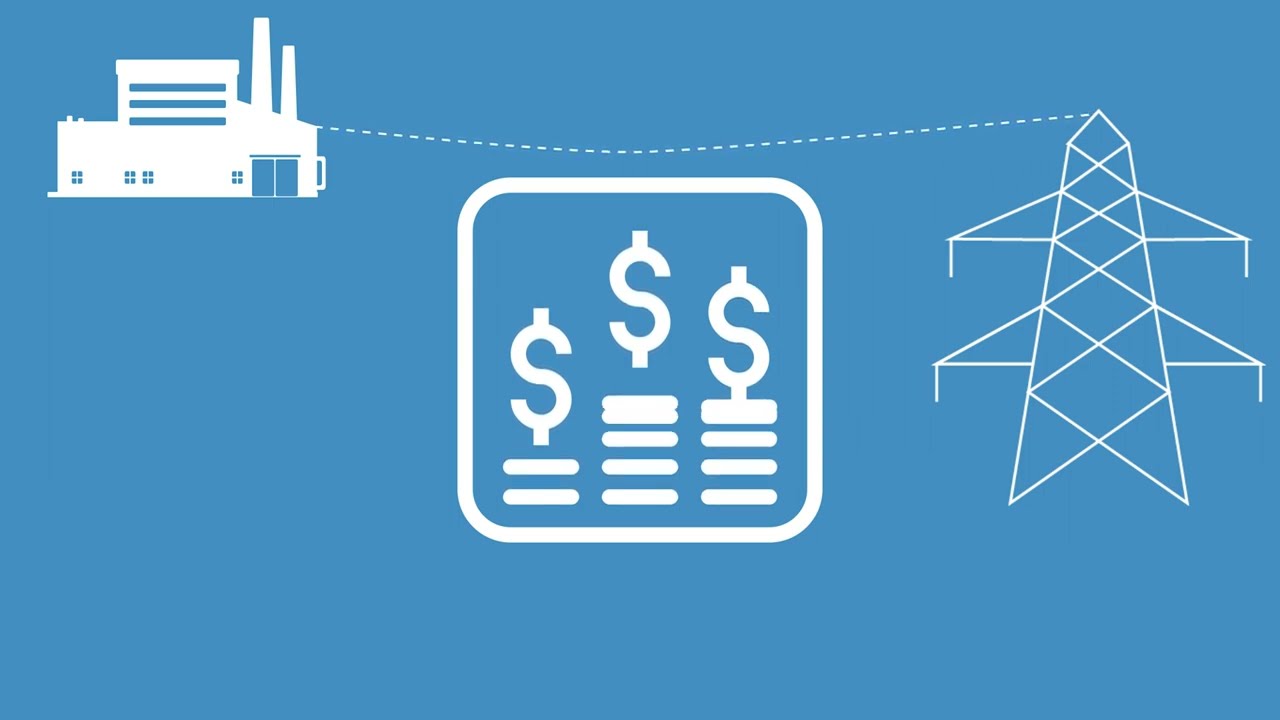Overview of Rhode Island’s Energy Mix
Rhode Island, the smallest state in the United States, relies on a diverse range of energy sources to power its homes, businesses, and industries. The state’s energy mix consists of fossil fuels, natural gas, imported electricity, and renewable sources such as wind, solar, hydroelectric, biomass, and nuclear power. This combination allows Rhode Island to balance the need for reliable and affordable electricity with its commitment to reducing greenhouse gas emissions and transitioning to a greener future.
Fossil Fuels: A Major Contributor to RI’s Power
Fossil fuels, including coal and oil, have played a significant role in Rhode Island’s energy generation for many years. However, the state has been working to decrease its reliance on these non-renewable sources due to their negative impact on the environment and climate change. Over the past decade, Rhode Island has made substantial progress in reducing the use of coal and oil in its energy production.
The Role of Natural Gas in Rhode Island
Natural gas has emerged as a crucial component of Rhode Island’s energy mix. It has become the primary source for electricity generation due to its low cost, abundance, and relatively lower carbon emissions compared to other fossil fuels. The state has invested in infrastructure to expand natural gas pipelines and storage facilities, ensuring a steady supply for both residential and commercial use.
Rhode Island’s Dependence on Imported Electricity
Rhode Island heavily relies on imported electricity to meet its energy demand. The state’s small size and population prevent it from generating sufficient power to fulfill its needs independently. Consequently, Rhode Island imports electricity from neighboring states, primarily Massachusetts and Connecticut. These interstate connections allow for the exchange of surplus electricity and ensure a stable and reliable power supply.
Harnessing the Power of Renewable Energy
Recognizing the importance of transitioning to cleaner energy sources, Rhode Island has been actively promoting and investing in renewable energy technologies. The state aims to reduce greenhouse gas emissions, increase energy efficiency, and foster a sustainable and resilient energy infrastructure.
Wind Energy: A Growing Sector in Rhode Island
Rhode Island’s coastal location offers ample opportunities for harnessing wind power. The state is home to the Block Island Wind Farm, the first offshore wind farm in the United States. This project, consisting of five turbines, has a capacity to generate 30 megawatts of clean electricity. Rhode Island continues to explore and expand its offshore wind potential, with plans to build additional wind farms in the coming years.
Solar Energy: Shining Bright in Rhode Island
Solar energy has seen remarkable growth in Rhode Island, thanks to favorable state policies and incentives. Both residential and commercial properties have increasingly adopted solar panels to generate their electricity. The state promotes net metering, allowing solar panel owners to earn credits for excess energy produced and fed back into the grid. This encourages the widespread adoption of solar power and contributes to the state’s renewable energy goals.
Hydroelectric Power: A Small Yet Significant Source
Although Rhode Island does not possess large-scale hydroelectric resources, it does utilize smaller hydropower facilities. These installations harness the power of rivers and streams to produce electricity. While their capacity may be limited, they contribute to the state’s renewable energy portfolio and aid in diversifying its energy sources.
Biomass Energy: A Renewable Solution in RI
Rhode Island supports the use of biomass energy, which converts organic waste and byproducts into electricity. Biomass power plants utilize materials such as wood chips, agricultural residues, and dedicated energy crops to generate electricity through combustion or other processes. This form of renewable energy helps reduce reliance on fossil fuels and promotes sustainable waste management practices.
Nuclear Power: Rhode Island’s Controversial Option
Nuclear power has been a topic of debate in Rhode Island. The state has a connection to the Pilgrim Nuclear Power Station in Massachusetts, which has contributed to its energy supply. However, due to concerns over safety, waste disposal, and the uncertainty surrounding the long-term future of nuclear power, Rhode Island is exploring alternative sources and gradually reducing its reliance on this controversial energy option.
Rhode Island’s Path to a Greener Future
Rhode Island has made significant progress in diversifying its energy mix and transitioning to cleaner sources of electricity. The state’s commitment to renewable energy, as evidenced by its offshore wind farms, solar incentives, and biomass initiatives, is paving the way for a greener future. By reducing its dependence on fossil fuels and increasing the use of renewable energy, Rhode Island is actively working towards a more sustainable and environmentally friendly energy landscape for generations to come.





